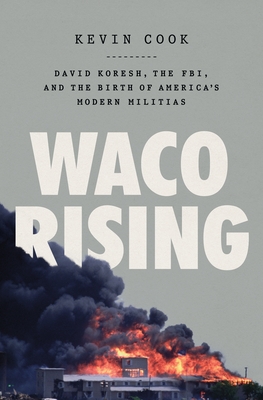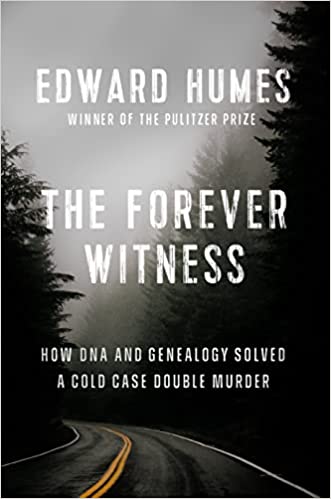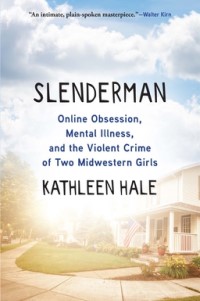
I am not a podcast listener and so have not heard any of the Murdaugh Murders Podcast (MMP), an extremely popular podcast that has often been ranked #1 ranked on Apple Podcasts. I requested an advance reader copy of Blood on Their Hands expecting it to be true crime nonfiction about Alex Murdaugh. It’s not. It’s a memoir by a journalist who wants us all to know how hard she has worked to be successful and how many people got in her way.
Mandy Matney is a good writer with a major chip on her shoulder. She wants to be a good journalist fighting the good journalist fight and shining a light on crime and corruption. She has faced sexism in the workplace – welcome to being a working woman, Mandy – and feels she has been betrayed by a number of colleagues she trusted. As I read this book, I couldn’t stop thinking about Sally Field and her “I can’t deny the fact that you like me. Right now, you like me!” speech when she won an Oscar.
I don’t question that Matney has put in the work to become a respected journalist, but to me, a reader unfamiliar with her and her work, she comes off as whiny and bitter in this book. Alex Murdaugh, his family, and the aura of invincibility around them needed to be investigated, and it seems like Matney and colleagues did good work. But, for example, Matney acknowledges that Will Folks gave her a job when she needed one, and the support and leads (and paycheck) she needed to investigate Murdaugh, but she also writes near the end of the book, “Looking back now, I can see that the relationship was a bad fit from the start. Will threw me a lifeline when I was desperate for a way out of The Packet, but I think I gave him too much credit for ‘saving’ me. I excused the rumors about his unsavory reputation because of how much I wanted to believe he was a good guy. I ignored the times his judgment felt off because I was eager to grow with the company. But our early talks about my earning equity at FITS never panned out, and as MMP took off, I began to realize Will saw me more as a competitor than as a teammate. I see now that I never needed a man or an institution to lend my work credibility – I just needed more confidence in my abilities. I’ll always be grateful to FITS for being a stepping stone at a crucial time in my career, but I wish I could go back and tell my former self to get out as soon as things started to curdle.” (p. 251 of the ARC). Way to throw someone under the bus who by her own admission gave her a lot of information and contributed to her ability to write the podcast stories about the Murdaugh family. Matney didn’t do herself any favors with me as a reader with this section. She could have said it was time to move on and left it at that.
Please note that your reaction may vary. Readers who love Matney and her podcasts may love this book. If you are a fan of Murdaugh Murders Podcast, give it a shot. If you are not, this might not be the Murdaugh book for you. I read an advance reader copy of Blood on Their Hands. It is scheduled to be published on November 14, and the Galesburg Public Library will own it.


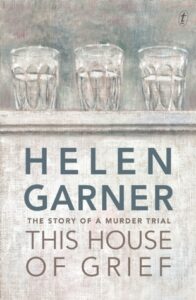 From the publisher: On the evening of Father’s Day, 2005, separated husband Robert Farquharson was driving his three young sons back to their mom’s house when the car veered off the road and plunged into a dam. Farquharson survived the crash, but his boys drowned. Was this a tragic accident, or an act of revenge? The court case that followed became a national obsession.
From the publisher: On the evening of Father’s Day, 2005, separated husband Robert Farquharson was driving his three young sons back to their mom’s house when the car veered off the road and plunged into a dam. Farquharson survived the crash, but his boys drowned. Was this a tragic accident, or an act of revenge? The court case that followed became a national obsession.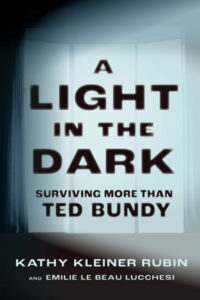 From the publisher: The first book by a confirmed survivor of Ted Bundy, and the only memoir to challenge the popular narrative of Bundy as a handsome killer who charmed his victims into trusting him.
From the publisher: The first book by a confirmed survivor of Ted Bundy, and the only memoir to challenge the popular narrative of Bundy as a handsome killer who charmed his victims into trusting him.